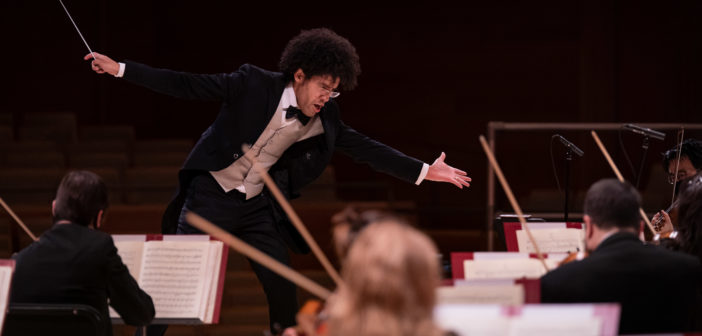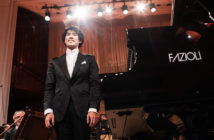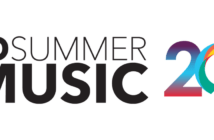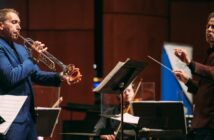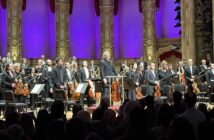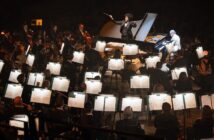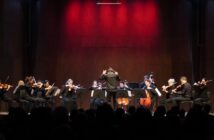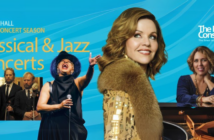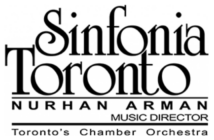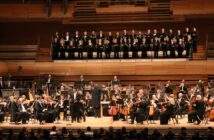Ah, the soft stuff. The lilting second theme of the first movement of Dvořák’s Seventh Symphony, the uneasy calm of the coda. The final two bars of the Poco Adagio, in which Rafael Payare decreed a portamento slide in the first violins, a gesture so retro it almost qualifies as period practice.
Yes, there was much to admire in this third webcast by the Montreal Symphony Orchestra with its music director designate, recorded on Jan. 18 and made public on the evening of Feb. 2. I heard more character in the phrasing and sensed a comprehensive appreciation of the alternately volcanic and soothing elements of the score.
If I had reservations, they were over a few passages that sounded strained, as if this socially distanced ensemble of 56 was seeking (as it undoubtedly was) to create the sonority of a full squad of 75 or 80. Also a tendency (possibly related to the question of sonority) on the part of Payare to push the orchestra with his energetic gestures rather than establishing a beat and letting it purr along on its own.
There were fine solos from principal flute Tim Hutchins. Horns were admirably steady. It must be said that Dvořák is not an MSO speciality. Something about this music calls for a more concentrated string sound. But Payare captured the songfulness of the idiom. Interest did not flag.
The program began with Mediodía en el Llano – Noon on the Prairie – a seven-minute tone poem in cinematic mode by a Venezuelan, Antonio Estévez (1916-1988). In the preliminary filmed interview the conductor (also Venezuelan) mentioned Ravel and Debussy as analogues. Possibly the English pastoral tradition could also be invoked as a source of inspiration. At any rate, with its evocative tremolos and sweet woodwind touches, this made an MSO-ish impression.
The middle work – at 33 minutes almost as long as the symphony – was Shostakovich’s Cello Concerto No. 2. This score of 1966, premiered on the composer’s 60th birthday, is seldom heard on account of the greater popularity of its predecessor. Distinctly sombre in outlook, it proved its worth as played by Alisa Weilerstein, an established American who happens to be married to Payare.
Her sound was full-hearted and richly vibrated, especially in the opening movement, a Largo that needs emotional advocacy. Those bass-drum whacks were useful calls to attention. The full orchestra, fortified with percussion, stages something like an insurrection in this midst of the finale. No way could they get the better of this soloist.
A few questions of balance arose. Not long into the final movement there is a duet with the flute. The cello was inappropriately dominant. A matter of miking? Probably.
No matter. Payare led it all with an ear for colour and inner momentum. This concert, available until Feb. 16, is worth dialing up. Still, I hope my next encounter with Payare is in situ. No closeups of this player or that, no interviews, no laptop, no headphones. Just music in a concert hall, which is always good enough.
For more information, visit www.osm.ca

